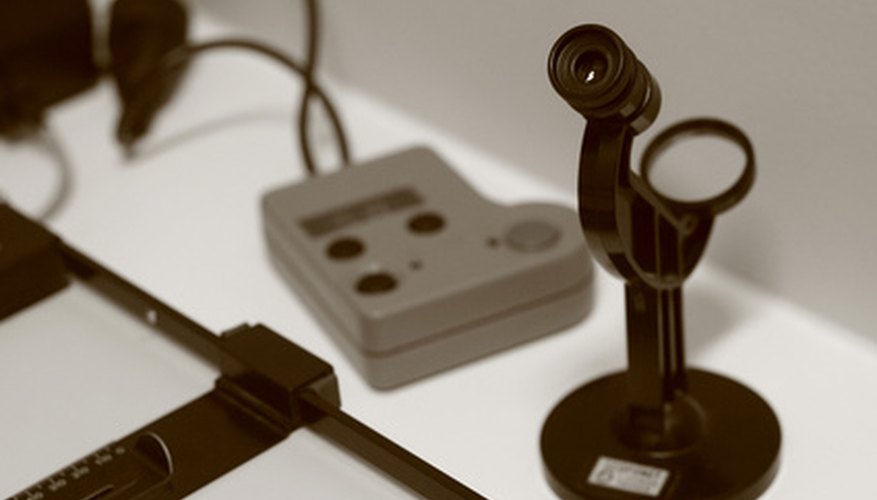Many treasure hunters regularly visit antique stores, flea markets, garage sales and auctions trying to find a collectable that is not only beautiful, but also authentic. Many porcelain pieces are labelled as "Limoges" or "French Limoges." Real French Limoges is a porcelain item manufactured in Limoges, France. When determining if the trinket you have your eye on is really a treasure, you can authenticate that it was manufactured in Limoges and determine the time frame in which it was made by checking the mark on the bottom or back of the piece.
Turn over your piece and check for an impressed "AE" mark. This porcelain is among the oldest French Limoges made. This mark was used by the Allund factory from 1797 to 1868. In 1868, the company that manufactured these pieces changed ownership and the mark was changed. Between the years 1868 and 1898, three different marks were used by this manufacturer: "CH Field Haviland, Limoges," "CHF" and "CHF/GDM." Several factories owned by the Haviland family began to produce Limoges porcelain and many different marks were used after 1898. During this time the company's marks were "GDA," "H & CO/L," "Haviland & Co. Limoges," "H & CO/Depose," "Theodore Haviland, Limoges, France" and "Porcelaine."
- Many treasure hunters regularly visit antique stores, flea markets, garage sales and auctions trying to find a collectable that is not only beautiful, but also authentic.
- Several factories owned by the Haviland family began to produce Limoges porcelain and many different marks were used after 1898.
Look for a mark in red or green. The Bawo & Dotter company of New York established a manufacturing facility in Limoges, France, called Elite Works. That factory began producing porcelain in 1892 with the mark "Elite France" and later "Elite Works France." Some Elite Works collectibles can be dated by the colour of the mark. Between 1900 and 1914 the company marked items in red and between 1920 and 1932 the company used green to mark the pieces it manufactured.
- Look for a mark in red or green.
- Between 1900 and 1914 the company marked items in red and between 1920 and 1932 the company used green to mark the pieces it manufactured.
Learn company names that did not include "Limoges" as part of their marks. There were smaller factories that marked porcelain produced in Limoges simply with the company name. Among these are M. Redon (1853), A. Lanternier (1885), and C. Ahrenfeldt (1886). C. Ahrenfeldt also occasionally used the mark "France C.A. Depose."
Examine symbol marks with a magnifying glass. Some Limoges manufacturers incorporated pictures into their marks. Martin Freres and Brothers used a bird with a ribbons in its mouth, one of which read "France." R. Laporte's mark was of a butterfly above the letters "RL/L." One very simple mark was used by the Latrille Freres factory that was set up in an former abbey; it is a simple star surrounded by the words "Limoges France." Printing within these symbols can be difficult to read.
TIP
The porcelain manufacturer's mark will be under the glaze and directly on the porcelain. This mark is added before any decoration has taken place and is called a "whiteware" mark. Any marks made over the glaze were added by the decorator, importer or retailer. The McKinley Tariff Law went into effect in 1891 and all imported goods after that time were required to be marked with the name of the country of origin. All Limoges items lacking the word "France" were manufactured before 1891.
WARNING
Remove any lid before checking for a mark, you don't want to damage your piece, or have to purchase a piece you didn't want.
